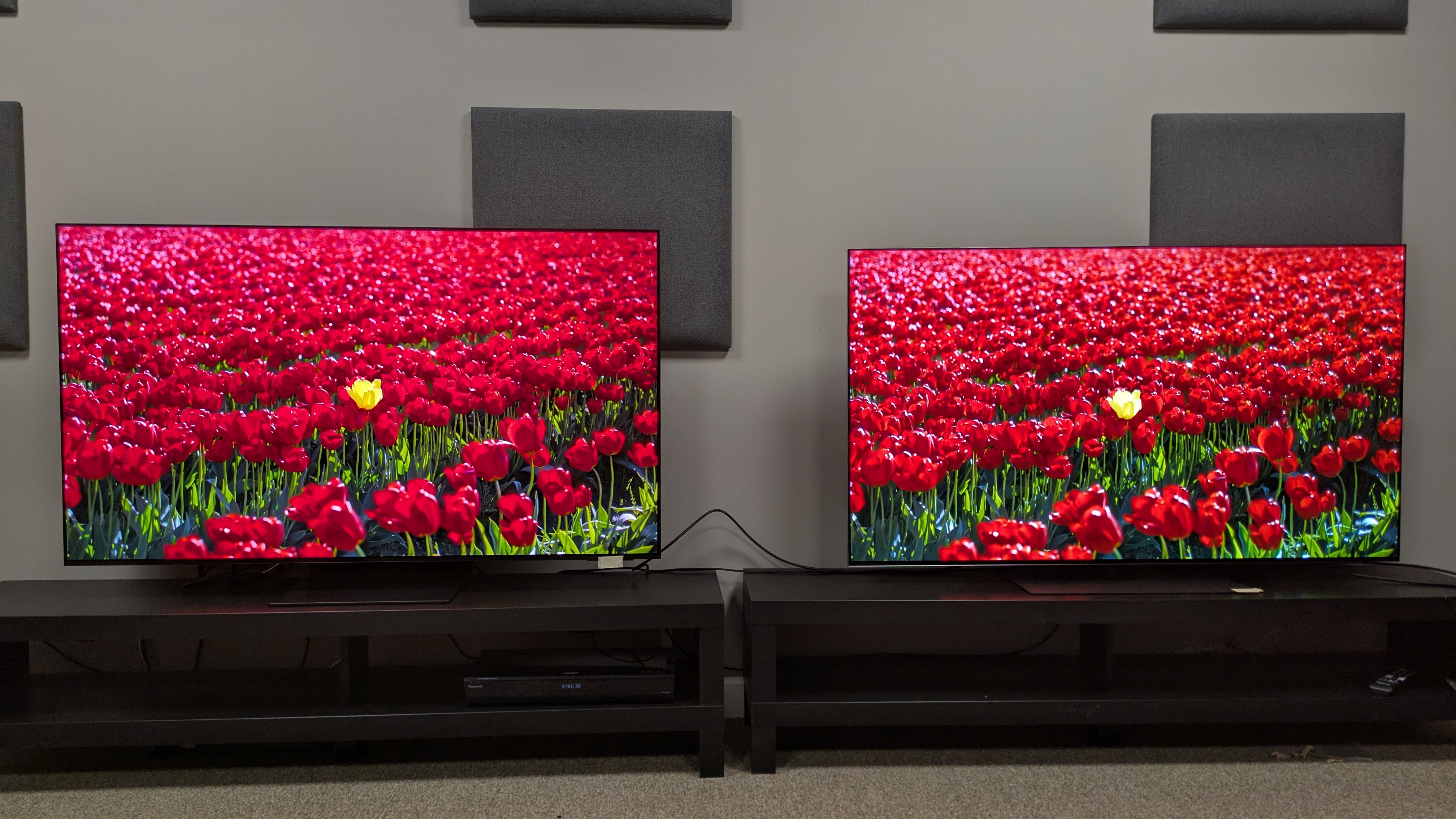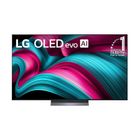- P-QD is a third generation quantum dot technology that improves on current QLED technology
- Could offer 95% of Rec.2020 color space
- But some current TVs can already offer 100% of the P3 color space, which is what movies and shows actually use.
A new generation of quantum dot technology is coming, and that could mean QLED and OLED TVs with even better color gamut than the upcoming new range of RGB-backlit LED TVs. P-QD technology promises exceptional color depth.
The big question is if you’re going to care.
The promise of P-QD, FlatpanelsHD reports, is a TV panel that offers more than 95% of the Rec.2020 color space. This is great news if you want a reference monitor for graphic design or other applications where absolute color accuracy over an extended gamut is crucial.
But this color gamut isn’t the one used in things you see on TV in HDR movies and shows: that’s the P3 color space, and the latest RGB and OLED TVs can already offer 100% of the P3 gamut.

What is P-QD and when can we expect it?
The P in P-QD stands for Perovskite and is a replacement for the cadmium and indium materials used in first- and second-generation quantum dot TVs, respectively. Indium is not as color accurate as cadmium, but the former is banned in many countries due to its toxicity. Perovskite promises to return to high cadmium levels without all the hassle of poisoning people.
According to FlatpanelsHD, a typical second-generation quantum dot TV achieves around 75% of Rec.2020 on QLED and mini-LED TVs. Perovskite quantum dots promise a 95% increase. That’s more accurate than current QD-OLEDs, which typically hit 90% or less of Rec.2020, and RGB-LED TVs, which typically hit 90%.
When will it arrive? That is currently unclear. There are unconfirmed reports (speculation) that the 2026 flagship X11L already announced by TCL uses P-QD.
TCL promised “Super Quantum Dot” technology for that TV, but didn’t specifically name P-QD, although we know TCL has been working with Zhijing Nanotech since 2020 on P-QD technology.
But so far we don’t know the ETA of P-QD, and it will be some time before it is widely available.
If TCL is working to use it, that suggests there are advantages, but also maybe it’s just a chance to be first. The best case scenario is that it also helps the color gamut of more affordable TVs – the best top-of-the-line TVs could hit 100% of the P3 color gamut, but cheaper TVs still need a boost to get there.
On the other hand, if this technology stays on premium TVs for a while because it’s new and expensive, it won’t help either. We’ll see how the P-QD race plays out, but you might hear professional monitor makers shouting about it before TV makers.

The best televisions for all budgets
Follow TechRadar on Google News and add us as a preferred source to receive news, reviews and opinions from our experts in your feeds. Be sure to click the Follow button!
And of course you can also follow TechRadar on TikTok for news, reviews, unboxings in video form and receive regular updates from us on WhatsApp also.



